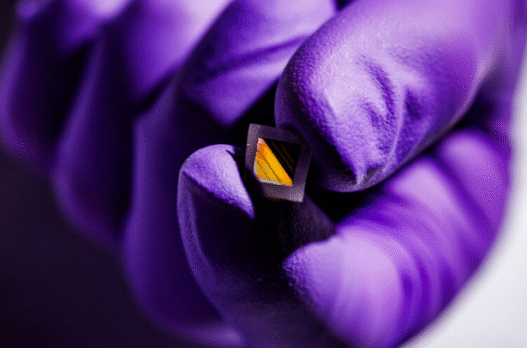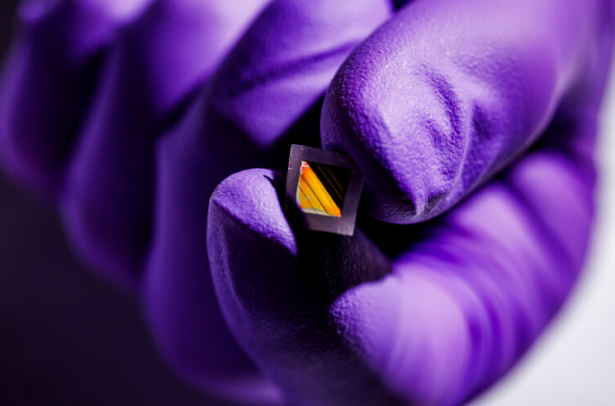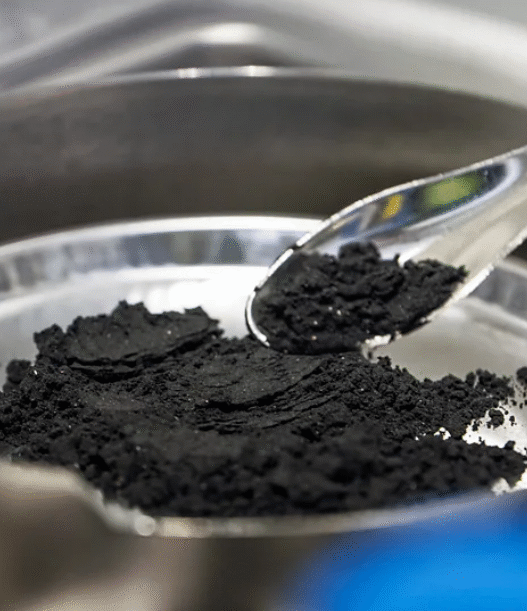MIT researchers have developed a groundbreaking ultrathin device for far-infrared sensing that could revolutionize how we approach thermal detection technology. This remarkable innovation, detailed in the prestigious journal Nature, represents a significant leap forward in sensor miniaturization and efficiency.
Revolutionary Nanoscale Dimensions
The newly developed electronic skin measures just 10 nanometers in thickness—approximately one ten-thousandth the width of a human hair. Despite its incredibly thin profile, the device demonstrates exceptional capabilities, including:
- Registration of minute temperature changes
- Complete far-infrared spectrum detection
- Room-temperature operation without active cooling requirements
These properties make the technology ideal for integration into lightweight, portable formats such as eyeglasses, wearable health monitors, and advanced security systems.
Advanced Material Science Breakthrough
At the heart of this innovation is a novel “release-layer-free atomic lift-off (ALO)” technique pioneered by the research team. Corresponding authors Celesta S. Chang, Yunfeng Shi, Chang-Beom Eom, Jeehwan Kim, and colleagues made a surprising discovery about material properties at the nanoscale.
They found that lead (Pb) within the PMN-PT structure significantly weakens covalent bonding at the substrate interface by attenuating electron transfer. This phenomenon enables precise, high-throughput exfoliation of high-quality, single-crystalline membranes without requiring traditional sacrificial layers.
“The ability to create these ultrathin membranes without sacrificial layers represents a paradigm shift in nanofabrication,” explains Dr. Jeehwan Kim, one of the lead researchers. “It opens up entirely new possibilities for sensor miniaturization.”
Exceptional Performance Metrics
The “PMN-PT pyroelectric membrane” achieves remarkable sensitivity by converting tiny temperature shifts into measurable electrical signals. The research team reports that these ultrathin, freestanding membranes achieved a record pyroelectric coefficient (1.76 × 10⁻² C m⁻² K⁻¹)—approximately two orders of magnitude higher than conventional thin films.
This extraordinary performance comes from several key factors:
- The membrane’s minimal thermal mass eliminates the need for external refrigeration
- Room-temperature operation reduces system power requirements
- The absence of bulky cryogenic components dramatically decreases the overall footprint
- A single PMN-PT layer covers the entire far-infrared spectrum
According to recent analysis from the Advanced Materials Research Institute, “Eliminating cooling requirements while maintaining high sensitivity has been the holy grail of infrared sensing technology. This breakthrough could potentially reduce the size, weight, and power consumption of infrared systems by over 80%.”
Revolutionary Fabrication Method
Creating such an incredibly thin yet defect-free film required significant innovation in manufacturing techniques. While established methods like remote epitaxy (pioneered by researchers including Professor Kim at MIT) typically utilize an intermediate graphene layer, the team discovered this wasn’t necessary for PMN-PT.
The researchers developed their Atomic Lift-Off (ALO) technique, which allows them to grow PMN-PT directly on a single-crystalline substrate and peel it off intact without needing an intermediate layer. The Journal of Applied Physics reports that this approach represents a significant advancement in thin-film fabrication technology.
“Lead atoms within the PMN-PT structure contribute to this easier separation,” notes the study, “allowing for an easy peel-off of epitaxial films.” This process preserves the substrate, making it reusable for additional cycles—an important consideration for manufacturing scalability and cost-effectiveness.
Future Applications and Implications
The implications of this technology extend far beyond traditional sensing applications. Potential uses include:
- Advanced medical diagnostic tools that can detect subtle temperature variations associated with various health conditions
- Enhanced night vision systems that are dramatically lighter and more energy-efficient
- Sophisticated environmental monitoring equipment that can detect thermal signatures from greater distances
- Next-generation security and surveillance systems with improved detection capabilities
The U.S. Air Force Office of Scientific Research provided funding for this groundbreaking project, recognizing its potential for both civilian and defense applications.
As miniaturization continues to drive technological advancement across industries, this ultrathin electronic skin represents a significant milestone in our ability to create increasingly sophisticated sensors in ever-smaller packages. The combination of exceptional performance, room-temperature operation, and extraordinarily thin profile opens new possibilities for integrating advanced sensing capabilities into everyday devices.





















